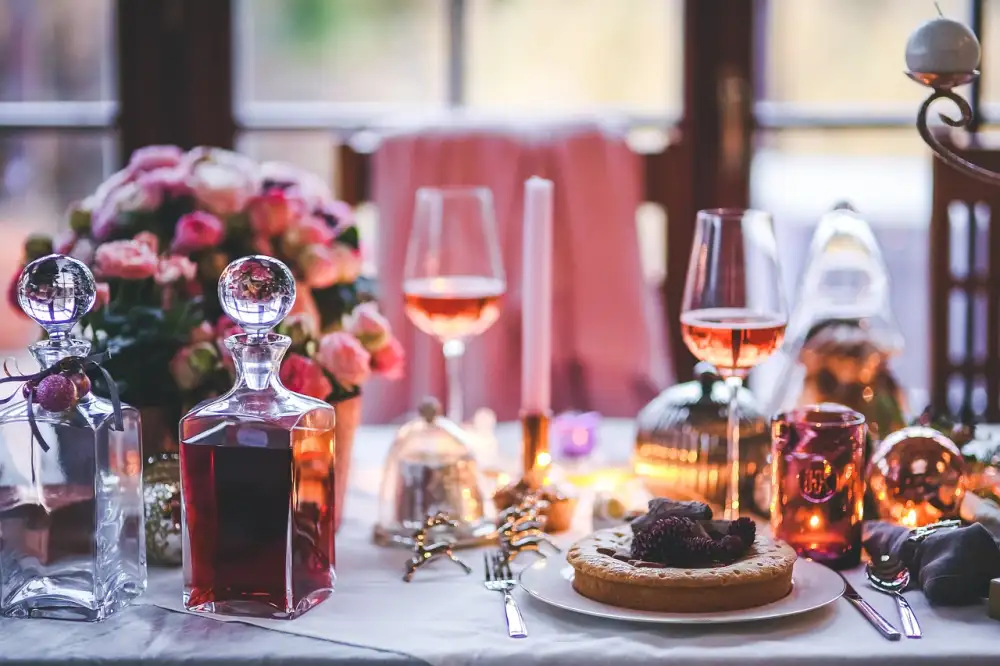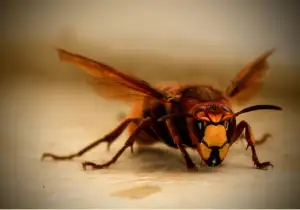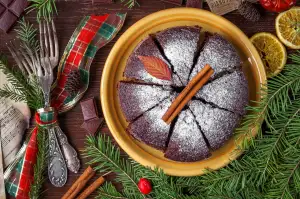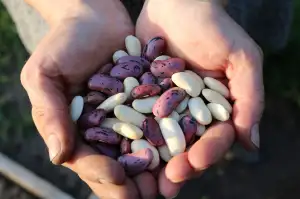Delight in Regal Flavors: Unveiling the Exquisite Coronation Food Fit for Royalty

Coronation food holds a special place in the culinary world, as it represents the grandeur and elegance of royal ceremonies. From the lavish banquets to the exquisite flavors, coronation food has captivated palates for centuries. This article will take you on a journey through the history and significance of coronation food, explore traditional dishes served at these regal events, delve into the exquisite ingredients used, and even provide tips and recipes for recreating this majestic cuisine at home. Get ready to embark on a culinary adventure fit for royalty!
Significance of Coronation Food in History
The significance of Coronation Food in history cannot be overstated. For centuries, the lavish feasts served during coronation ceremonies have been a symbol of power, wealth, and prestige. These sumptuous meals were not only meant to nourish the newly crowned monarch but also to impress and awe the guests in attendance. The selection of ingredients, the intricate preparation methods, and the grand presentation of these dishes all played a crucial role in establishing the regal status of the monarch. Coronation food was a testament to the opulence and grandeur associated with royalty, making it an integral part of historical celebrations.
Traditional Dishes Served at Coronations
Coronations have always been grand affairs, and the food served during these momentous occasions is no exception. Traditional dishes play a significant role in these regal events, adding an air of sophistication and history to the proceedings.
One such dish is the coronation chicken. This delectable creation consists of succulent chicken pieces coated in a creamy curry sauce, garnished with almonds and served on a bed of crisp lettuce. Its origins can be traced back to the coronation of Queen Elizabeth II in 1953 when it was specially created for the occasion.
Another popular dish served at coronations is the beef Wellington. This classic British delicacy features tender beef fillet encased in flaky pastry, often accompanied by a rich mushroom duxelles and a velvety red wine sauce. The dish's name pays homage to Arthur Wellesley, the first Duke of Wellington, who was renowned for his love of fine cuisine.
Lastly, no coronation feast would be complete without a show-stopping dessert like the coronation fruitcake. This rich and moist cake is packed with dried fruits soaked in brandy or rum and adorned with marzipan icing and intricate sugar decorations. It symbolizes abundance and celebration, making it a fitting choice for such grand occasions.
These traditional dishes not only showcase culinary excellence but also reflect the history and heritage associated with coronations. They are carefully crafted to please even the most discerning palates and are sure to leave a lasting impression on all who partake in them.
Exquisite Ingredients Used in Coronation Food
Coronation food is renowned for its use of exquisite ingredients that elevate the dining experience to regal heights. From the finest cuts of meat to rare spices and luxurious fruits, every ingredient is carefully selected to create dishes fit for royalty.
One such ingredient is saffron, known as the "king of spices." Its vibrant golden hue adds a touch of opulence to dishes like saffron-infused rice and creamy saffron sauces. Another prized ingredient is truffles, with their earthy aroma and delicate flavor. Truffle-infused oils or shaved truffles can transform simple dishes into culinary masterpieces.
Incorporating exotic fruits like mangoes and passion fruit adds a tropical twist to coronation food. These luscious fruits bring a burst of sweetness and tanginess, creating a harmonious balance in both savory and sweet dishes. Additionally, dried fruits such as figs and dates are often used to add depth and richness to stews and desserts.
The use of game meats like venison or pheasant showcases the indulgence associated with coronation feasts. Their robust flavors pair perfectly with rich sauces made from red wine or port, adding complexity to the dish. Other luxurious ingredients include foie gras, caviar, and oysters, which add decadence to appetizers or canapés.
To enhance flavors further, chefs often incorporate rare spices like cardamom, cinnamon, and cloves. These aromatic spices infuse dishes with warmth and depth, transporting diners to exotic lands. Additionally, fragrant herbs such as rosemary, thyme, and basil are used abundantly to add freshness and elevate the overall dining experience.
The combination of these exquisite ingredients creates a symphony of flavors that tantalize the taste buds and leave a lasting impression on those fortunate enough to partake in coronation feasts.
Modern Adaptations of Coronation Food
Modern Adaptations of Coronation Food have breathed new life into these traditional dishes, offering a contemporary twist on regal flavors. Chefs around the world have taken inspiration from the rich history of coronation food and infused it with their own creativity. From fusion dishes that blend different culinary traditions to innovative presentation techniques, modern adaptations bring a fresh perspective to these time-honored recipes. By incorporating global ingredients and experimenting with unique flavor combinations, chefs are able to create dishes that pay homage to the past while appealing to modern palates. Whether it's a deconstructed version of a classic dish or an unexpected pairing of ingredients, these modern adaptations showcase the versatility and adaptability of coronation food.
Tips for Recreating Coronation Food at Home
1. Research and Plan: Before attempting to recreate coronation food, research traditional recipes and techniques. Plan your menu and gather all necessary ingredients.
2. Pay Attention to Detail: Coronation food is known for its intricate presentation. Take the time to plate your dishes beautifully, using garnishes and decorations that reflect the regal theme.
3. Experiment with Spices: Coronation food often incorporates a variety of spices to create complex flavors. Don't be afraid to experiment with different spice combinations to add depth and richness to your dishes.
4. Use High-Quality Ingredients: To truly capture the essence of coronation food, use the finest ingredients available. Opt for fresh produce, premium cuts of meat, and authentic spices for an elevated dining experience.
5. Balance Flavors: Coronation food is all about balance. Pay attention to the sweet, savory, spicy, and tangy elements in each dish, ensuring they complement each other harmoniously.
6. Presentation is Key: Invest time in presenting your coronation dishes elegantly. Use decorative platters, fine china, and artistic arrangements to enhance the visual appeal of your creations.
7. Practice Patience: Many traditional coronation dishes require slow cooking or marinating overnight for optimal flavor development. Be patient and allow enough time for these processes to take place.
8. Seek Inspiration from History: Look into historical accounts of coronations for inspiration on how certain dishes were prepared and served during those times. Incorporate these details into your own recreations for an authentic touch.
By following these tips, you can recreate the grandeur of coronation food in your own kitchen and impress your guests with a royal feast fit for kings and queens!
Recipes Inspired by Coronation Food
1. Coronation Chicken Salad:
Ingredients: cooked chicken, mayonnaise, curry powder, mango chutney, raisins, almonds.
Instructions: Mix mayonnaise, curry powder, and mango chutney. Add chicken, raisins, and almonds. Serve on a bed of lettuce.
2. Royal Beef Wellington:
Ingredients: beef fillet, puff pastry, mushroom duxelles (mushroom paste), prosciutto ham.
Instructions: Wrap beef in prosciutto and mushroom duxelles. Encase in puff pastry. Bake until golden brown.
3. Regal Trifle:
Ingredients: sponge cake, sherry or brandy, custard, mixed berries, whipped cream.
Instructions: Layer sponge cake soaked in sherry/brandy with custard and mixed berries. Top with whipped cream.
4. Queen's Scones:
Ingredients: flour, butter, sugar, baking powder, milk.
Instructions: Rub butter into flour mixture. Add sugar and baking powder. Mix in milk to form dough. Shape into scones and bake until golden.
5. King's Roast Lamb:
Ingredients: lamb leg roast, garlic cloves, rosemary sprigs.
Instructions: Make incisions in lamb and insert garlic cloves and rosemary sprigs. Roast until tender and juicy.
These recipes will transport you to the grandeur of coronation feasts while allowing you to showcase your culinary prowess at home!
In conclusion, exploring the world of Coronation Food is a delightful journey that allows us to experience the regal flavors and culinary traditions of the past. By understanding the significance and history behind these dishes, we can elevate our cooking skills and create truly exquisite meals fit for royalty. Whether we choose to recreate traditional recipes or put a modern twist on them, incorporating the exquisite ingredients and techniques used in Coronation Food will undoubtedly impress our guests and elevate our dining experiences. So why not embark on this culinary adventure and add a touch of royal elegance to your next meal?
Published: 08. 12. 2023
Category: Home



